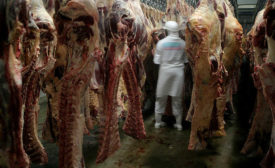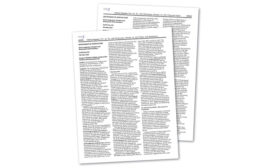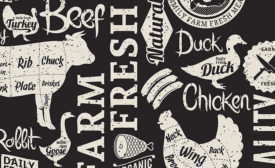Articles by Brett Schwemer
Regulations & Legislation
Ready-to-eat (RTE) products and Appendix B — updated compliance guideline
Read MoreRegulations & Legislation
Update to FSIS Directive 8140.1
FSIS clarifies steps establishments must take to address shipment of adulterated and misbranded product from another official establishment.
Read More
Regulations & Legislation
Potential impact of FDA Foreign Supplier Verification Programs final rule
Read MoreStay ahead of the curve. Unlock a dose of cutting-edge insights.
Receive our premium content directly to your inbox.
SIGN-UP TODAYCopyright ©2024. All Rights Reserved BNP Media.
Design, CMS, Hosting & Web Development :: ePublishing










